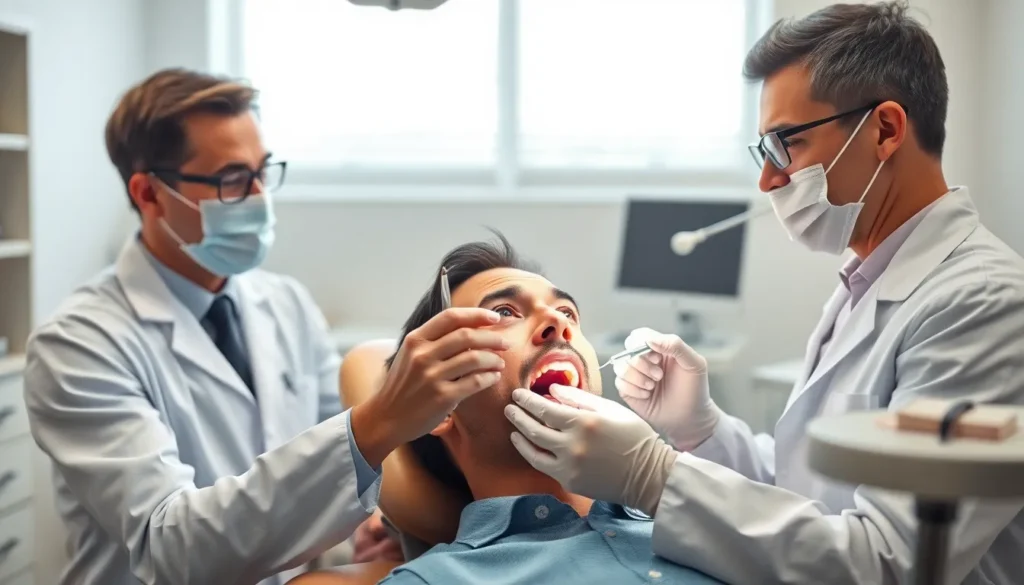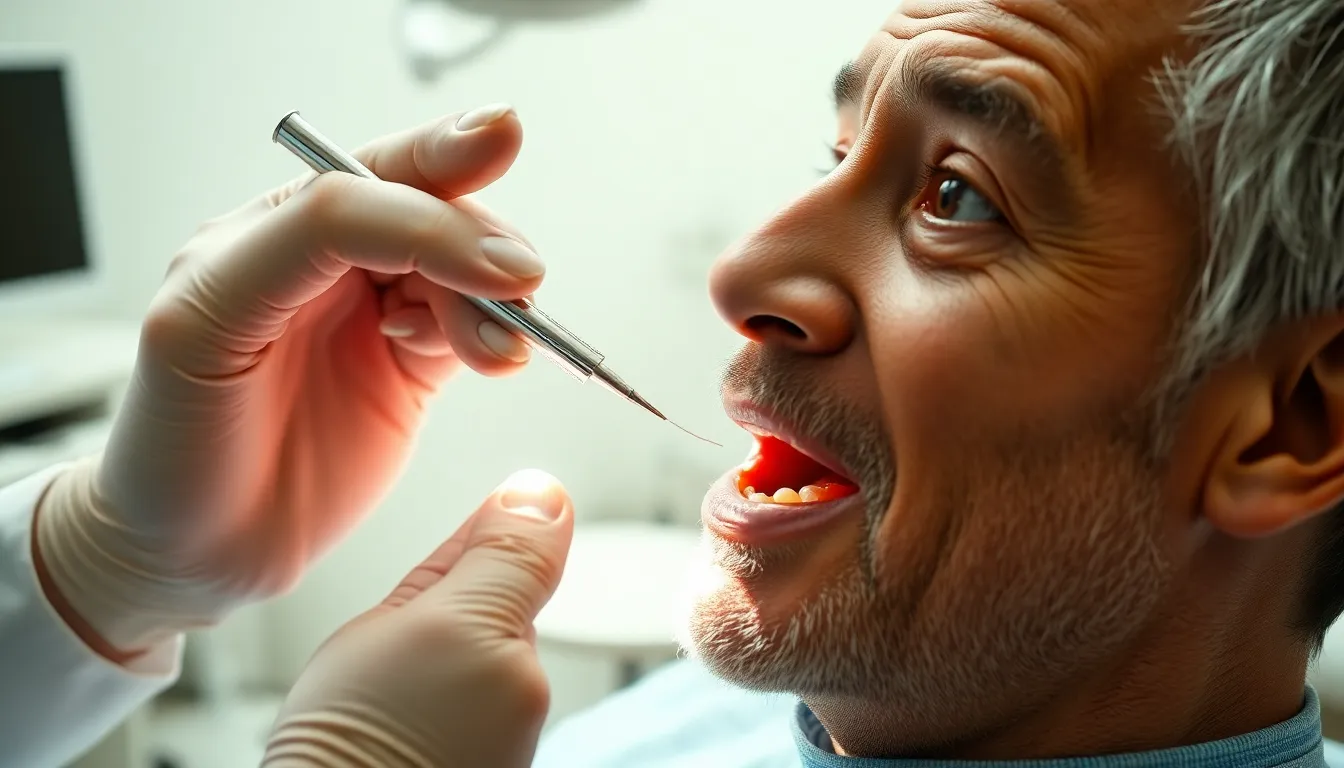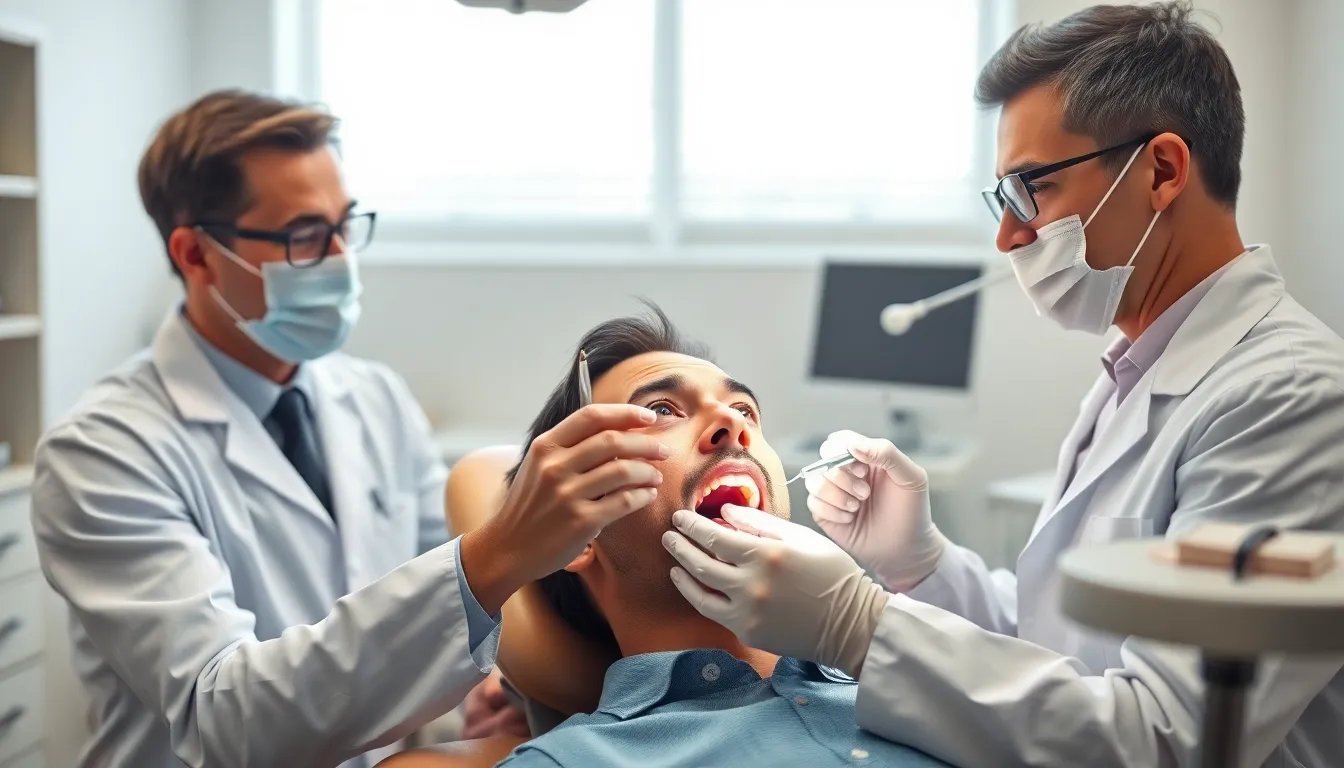Are you experiencing sharp pain when biting down or sensitivity to hot and cold? Root canal cracked tooth syndrome might be the culprit behind your dental discomfort. This condition occurs when a tooth develops cracks that can extend into the pulp, causing inflammation and infection.
When left untreated, these microscopic fractures can worsen over time, potentially leading to tooth loss. Understanding the symptoms, causes, and treatment options for cracked tooth syndrome is crucial for protecting your oral health. A root canal procedure often provides the best solution for saving a damaged tooth while eliminating pain and preventing further complications.
Understanding Cracked Tooth Syndrome
Cracked tooth syndrome refers to a dental condition where a tooth has developed cracks that may extend from the chewing surface toward the root. These cracks often cause pain and discomfort when biting down or experiencing temperature changes, but they’re not always visible to the naked eye or even on standard dental X-rays.
Signs and Symptoms of Cracked Tooth Syndrome
Recognizing the signs of cracked tooth syndrome helps in early diagnosis and treatment. Pain when chewing or biting is the most common symptom, particularly during release after biting down. Sensitivity to hot, cold, or sweet foods often accompanies the condition, creating sharp, momentary discomfort. Many patients describe the sensation as unpredictable, making it difficult to identify exactly which tooth is affected.
Temperature sensitivity develops as the crack allows irritants to reach the pulp where nerves reside. Some individuals experience swelling of the gum tissue surrounding the affected tooth. The pain typically comes and goes rather than remaining constant, which distinguishes it from other dental problems like cavities or abscesses.
Dr. Harris recalls a patient named Sarah who came in complaining of pain only when eating certain foods. “She couldn’t pinpoint which tooth hurt, but knew something wasn’t right. After careful examination with magnification, we identified tiny cracks in her lower molar that weren’t visible on X-rays. This is classic cracked tooth syndrome—intermittent pain that puzzles patients.”
Types of Tooth Cracks and Fractures
Dental cracks vary in severity and treatment approaches depending on their location and depth. Craze lines represent the mildest form, appearing as superficial cracks in the enamel that don’t cause pain and rarely require treatment. Fractured cusps occur when a piece of the tooth’s chewing surface breaks off, often around a filling, and typically don’t damage the pulp.
Cracks extending from the chewing surface toward the root but haven’t yet reached the gum line may be treatable with a crown. Vertical root fractures begin at the root and extend upward, often showing minimal symptoms until infection develops. Split teeth result from untreated cracks that have progressed to completely divide the tooth into segments.
The location of a crack significantly impacts treatment options and prognosis. Cracks that extend below the gum line present greater challenges for restoration. Molars experience the highest frequency of cracks due to their role in bearing the majority of chewing forces. Front teeth typically crack from trauma rather than normal chewing pressure.
Diagnosing Cracked Tooth Syndrome

Diagnosing cracked tooth syndrome requires a methodical approach combining clinical examination and advanced imaging techniques. Dentists use multiple diagnostic methods to identify cracks that aren’t always visible to the naked eye, especially when symptoms present but damage isn’t immediately apparent.
Clinical Examination Techniques
Dentists begin with a thorough visual examination to detect visible cracks or fractures on the tooth surface. Existing restorations like crowns or fillings may need removal to properly inspect the underlying tooth structure. A specialized tool called a “tooth sleuth” helps pinpoint the exact location of a crack by having you bite down and release pressure on exact areas of the tooth—pain experienced upon release often indicates a crack. The dentist will also perform palpation and percussion tests, gently tapping on the tooth and feeling the surrounding gum tissue to assess for sensitivity and inflammation.
Transillumination serves as another valuable technique where a bright light is directed through the tooth structure. Cracks appear as dark lines that interrupt light transmission, making otherwise invisible fractures detectable. Special dyes can highlight hairline cracks by staining the fractured areas, creating visual contrast against the natural tooth color.
Dr. Harris often recalls a patient who visited with intermittent pain for months but showed no visible signs of damage. “Using a combination of bite testing and transillumination, we identified a vertical crack on her lower molar that hadn’t appeared on regular x-rays. This diagnosis allowed us to intervene before the tooth became unsalvageable.”
Advanced Imaging Methods
Traditional dental x-rays often fail to reveal cracks, especially those positioned parallel to the x-ray beam. But, these images remain useful for assessing pulp involvement, root integrity, and detecting secondary complications like abscesses or bone loss around cracked teeth. Multiple angles sometimes help dentists piece together the full extent of damage.
Cone Beam Computed Tomography (CBCT) represents a important advancement in crack diagnosis. This 3D imaging technology provides detailed views of the tooth from multiple angles, revealing cracks extending below the gum line or into roots that would otherwise remain hidden. CBCT scans offer precise information about crack depth, direction, and proximity to vital structures, enabling dentists to develop appropriate treatment plans based on comprehensive data.
Digital photography with magnification assists in documenting suspected cracks and monitoring their progression over time. These high-resolution images serve as valuable references during treatment planning and help communicate findings to patients more effectively.
A patient’s history and symptom description often provide crucial diagnostic clues, including pain triggered by certain foods, temperature sensitivity, or discomfort when releasing biting pressure—all classic indicators of cracked tooth syndrome that guide the examination process.
Root Canal Treatment for Cracked Teeth

Root canal treatment offers an effective solution for saving teeth affected by cracks that extend into the pulp. This procedure removes damaged pulp tissue and seals the canal to prevent further infection or pain.
When Is Root Canal Necessary?
Root canal treatment becomes essential when a crack reaches the pulp chamber, causing inflammation, infection, or persistent pain. Approximately 20% of teeth with cracked tooth syndrome require this procedure to address pulp damage. You’ll typically notice symptoms like severe temperature sensitivity, sharp pain during biting, or continuous discomfort even after removal of existing restorations that might be covering the crack. Teeth with cracks limited to the crown portion or affecting only one cusp may only need a protective crown. But, pulp involvement detected during examination necessitates a root canal to eliminate the source of pain and infection. Cracks extending deep into the root or causing extensive nerve damage often indicate that the tooth cannot be saved through root canal therapy alone, potentially requiring extraction as the only viable option.
Success Rates of Root Canal for Cracked Teeth
Root canal treatments for cracked teeth show favorable outcomes when the cracks are limited to the crown and pulp areas. Treatment success increases significantly when followed by placement of a protective crown to prevent further fracturing. After completing root canal therapy, your tooth will no longer respond to temperature changes but may still detect pressure sensations. Pain typically subsides considerably following treatment, though mild discomfort can persist in some cases. The timing of intervention plays a crucial role in determining treatment success—promptly addressing cracked teeth before extensive damage occurs leads to better preservation of tooth function. Teeth with severe cracks extending below the gumline or involving multiple roots have a less favorable prognosis and higher likelihood of requiring extraction. Dr. Todd B. Harris often tells patients, “The difference between saving and losing a cracked tooth frequently comes down to how quickly you seek treatment after noticing symptoms.” For teeth that have undergone root canal treatment and later develop cracks, immediate dental consultation and protective measures such as avoiding hard foods can optimize outcomes. The placement of a full-coverage crown provides essential protection against further fracturing and helps distribute biting forces more evenly across the restored tooth.
The Root Canal Procedure for Cracked Teeth
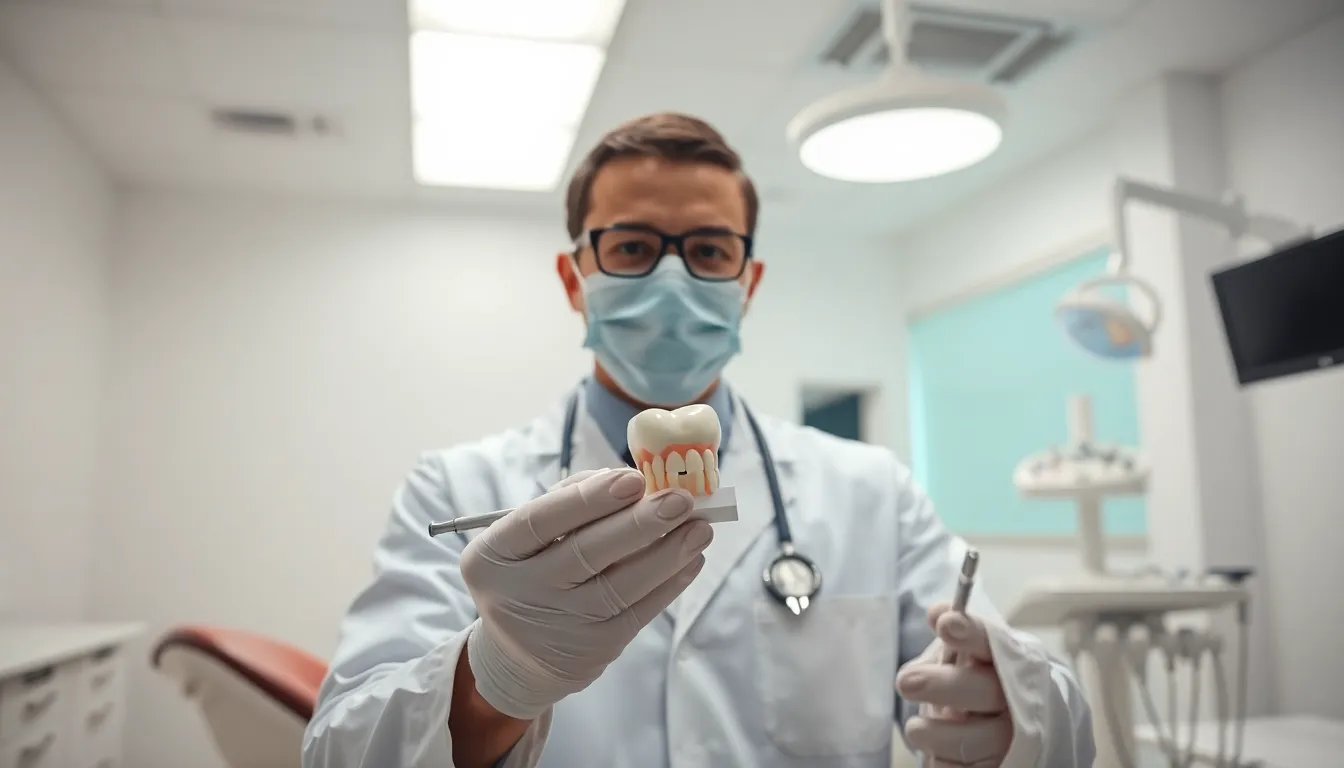
Root canal treatment effectively addresses cracked tooth syndrome by removing damaged pulp tissue when cracks extend into the tooth’s nerve center. This procedure involves thoroughly cleaning and sealing the affected canals to eliminate infection and prevent further damage. About 20% of cracked teeth cases require root canal therapy to save the tooth.
Special Considerations During Treatment
Diagnosing a cracked tooth presents unique challenges since symptoms often appear intermittently. Your dentist might employ several specialized techniques to identify the crack, including biting tests, bright illumination, dental dyes, or temporary removal of existing restorations. Temperature sensitivity typically disappears after successful root canal treatment, though some pressure sensitivity might persist.
Cracks extending below the gum line complicate treatment outcomes significantly. Dr. Todd B. Harris notes, “I’ve seen patients come in thinking they just have a minor toothache, only to discover a important crack requiring immediate intervention. Early diagnosis dramatically improves our chances of saving the tooth.”
The location and severity of the crack determine whether root canal treatment alone will suffice. Teeth with cracks extending deeply may still require extraction even though root canal therapy. For previously root-canal-treated teeth that later develop fractures, options include retreatment, crown placement, or extraction followed by implant placement.
Post-Treatment Care
Protecting your treated tooth becomes essential after root canal therapy for a cracked tooth. Avoid hard, crunchy foods that could place additional stress on the repaired tooth structure. A dental crown typically provides necessary protection by distributing biting forces evenly across the tooth surface.
Maintaining excellent oral hygiene practices helps ensure the longevity of your treated tooth. Regular dental check-ups allow your dentist to monitor the tooth’s condition and address any concerns before they worsen.
Some patients experience mild discomfort for a few days following treatment. One patient shared, “After my root canal for a cracked molar, I was amazed at how quickly the sharp pain disappeared. Following my dentist’s instructions about avoiding hard foods really helped during recovery.”
If the crack proves too severe even though treatment efforts, extraction might become necessary. In such cases, dental implants or bridges offer effective replacement options to restore both function and appearance.
Alternative Treatment Options

While root canal therapy is effective for cracked tooth syndrome involving pulp damage, several alternative treatments exist depending on the crack’s severity and location. These options range from conservative approaches to more extensive interventions when the tooth cannot be saved.
Crown Placement Without Root Canal
Crown placement without root canal treatment offers an excellent solution for teeth with cracks that haven’t reached the pulp. Dental crowns provide complete coverage of the damaged tooth, effectively holding cracked segments together and preventing further separation. For minor cracks or fractured cusps without pulp involvement, placing a crown alone stabilizes the tooth structure and restores function. Dental bonding presents another conservative option, using tooth-colored resin to fill in smaller cracks and prevent their progression. Some patients benefit from dental contouring, which smooths rough edges and reduces symptoms without requiring more invasive procedures. Dr. Todd B. Harris often recommends crowns as a preventive measure for patients with early-stage cracks, noting that “catching these fractures before they reach the pulp can save patients from needing more extensive treatment down the line.”
Extraction and Replacement Options
Extraction becomes necessary when cracks extend below the gum line or involve vertical root fractures that compromise the tooth’s structural integrity. Following extraction, you have several replacement options to restore your smile and maintain proper oral function. Dental implants provide the most durable long-term solution, consisting of titanium posts surgically placed in the jawbone with realistic-looking crowns attached. Dental bridges offer another viable option, using adjacent teeth as anchors to support a prosthetic tooth. Removable partial dentures present a more economical alternative, though they lack the stability and bone preservation benefits of implants. One patient, Sarah, initially hesitated about extraction but later shared, “After struggling with pain from my cracked molar for months, getting an implant was life-changing—I can eat normally again without worrying about making the crack worse.” Extraction may also be recommended when root canal treatment fails or when the crack’s severity makes preserving the natural tooth impossible.
Early diagnosis remains crucial regardless of which treatment path you pursue. When cracks are identified before causing extensive damage, more conservative treatment options often succeed in preserving your natural tooth structure and function. Each case requires individualized assessment to determine the most appropriate treatment approach based on the crack’s location, depth, and symptoms.
Prevention of Cracked Tooth Syndrome
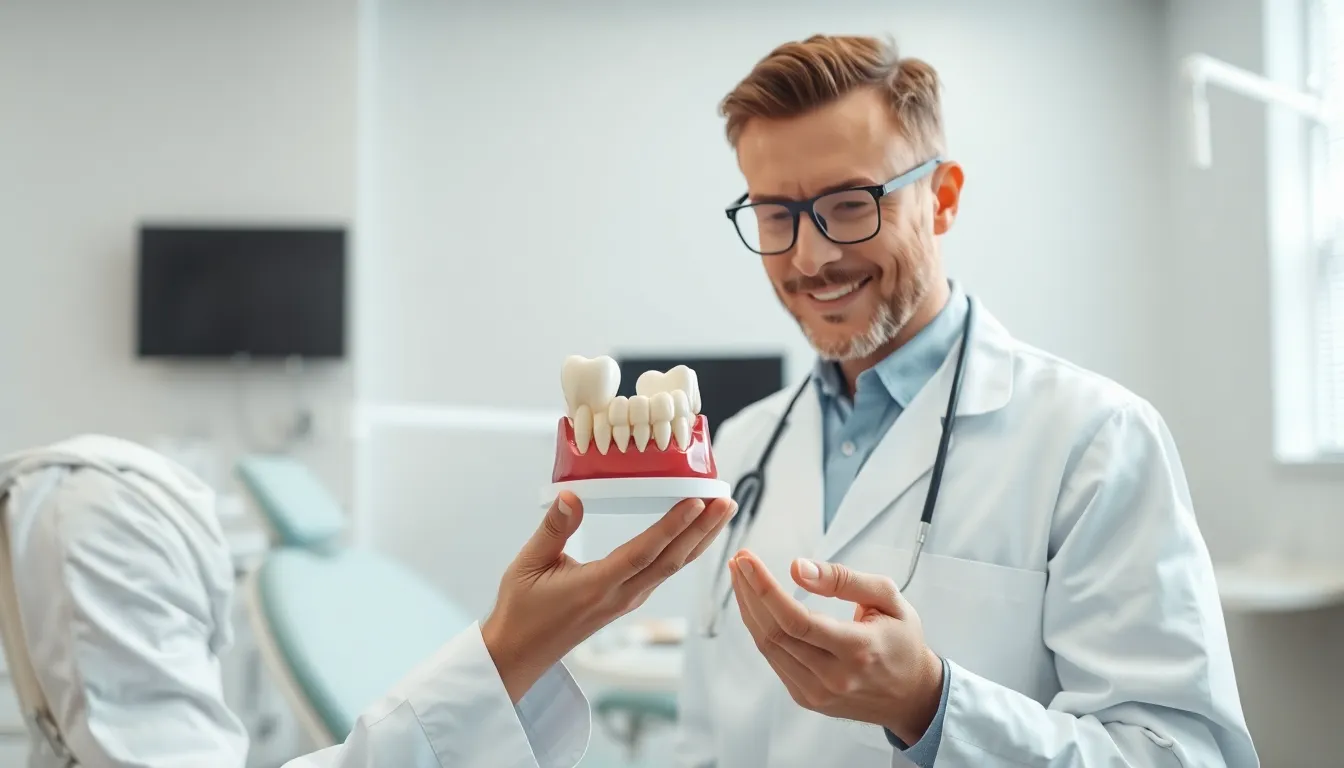
Preventing cracked tooth syndrome is crucial, especially for teeth that have undergone root canal treatment and are structurally compromised. Taking proactive steps can significantly reduce your risk of developing this painful condition and help maintain your dental health long-term.
Protective Measures for At-Risk Teeth
Protecting weakened teeth starts with avoiding excessive forces that can trigger fractures. Steer clear of chewing hard foods like ice, nuts, and hard candy with your treated teeth, as these items place tremendous pressure on already vulnerable dental structures. Grinding and clenching habits dramatically increase crack risk in root canal-treated teeth, making a custom nightguard an essential protective barrier for those with bruxism. Many of our patients have reported important improvement after consistently wearing their nightguards.
Dental restorations provide another layer of protection for at-risk teeth. Crowns and onlays strengthen root canal-treated teeth by distributing biting forces more evenly across the tooth surface, reducing the likelihood of cracks developing. These protective restorations act as a shield against the daily stresses of chewing and biting.
Early intervention plays a critical role in preventing serious complications. Regular dental checkups allow for prompt detection and treatment of minor cracks before they progress to full fractures or infections. During these examinations, your dentist can identify subtle signs of cracking that might otherwise go unnoticed until important damage occurs.
Maintaining excellent oral hygiene contributes significantly to crack prevention. Healthy gums and surrounding tissues provide better support for vulnerable teeth and reduce inflammation that can exacerbate existing cracks. Brushing twice daily, flossing regularly, and using antimicrobial rinses help keep the entire oral environment optimally balanced for healing and prevention.
Long-Term Prognosis After Root Canal
Root canal treatment offers impressive long-term success rates for cracked tooth syndrome, with studies showing survival rates between 83% and 91% over one to four years. Recent research challenges older beliefs that teeth with deep cracks should be extracted, demonstrating favorable outcomes even for teeth with radicular cracks.
Factors Affecting Treatment Success
The type of restoration significantly impacts tooth survival after root canal treatment. Full crown placement increases survival rates to approximately 94% at two years, compared to just 20% for teeth without crown protection. Teeth with cracks extending into the root (once considered poor candidates for treatment) now show survival rates between 82% and 96%, with success rates reaching 91% in recent studies.
Pulp vitality also plays a role in treatment outcomes. Teeth with vital pulp that are monitored without restorative treatment have shown an 80% success rate at three years, while those receiving root canal therapy demonstrate slightly higher survival rates around 91.7%.
Treatment timing is crucial for optimal outcomes. Early intervention prevents crack propagation that could otherwise lead to tooth loss. When cracks are addressed promptly with appropriate endodontic therapy and restoration, the two-year survival rate approaches 90%.
Conclusion
Root canal treatment offers an effective solution for cracked tooth syndrome with impressive success rates between 83% and 91%. Early intervention is crucial as it can dramatically improve your tooth’s survival rate to nearly 90%.
For teeth with cracks extending into the pulp a root canal procedure not only eliminates pain and infection but also preserves your natural tooth structure. Remember that protective measures like crowns significantly enhance outcomes with survival rates reaching 94% at two years.
Don’t ignore intermittent tooth pain or sensitivity. Prompt diagnosis and appropriate treatment are your best defense against further complications. With modern techniques and proper aftercare your cracked tooth can be saved and continue to function effectively for many years to come.
Frequently Asked Questions
What is root canal cracked tooth syndrome?
Root canal cracked tooth syndrome is a dental condition characterized by cracks in a tooth that extend toward or into the pulp. These cracks cause sharp pain when biting or sensitivity to temperature changes. The pain is often intermittent, making it difficult to pinpoint. If left untreated, these cracks can worsen, leading to inflammation, infection, and potential tooth loss.
How do I know if I have a cracked tooth?
Common symptoms include sharp pain when chewing (especially when you release the bite), sensitivity to hot and cold temperatures, and intermittent discomfort that’s difficult to localize. You might also experience pain when eating sweet or acidic foods. Not all cracks are visible to the naked eye, so professional dental evaluation is necessary for diagnosis.
What causes teeth to crack?
Teeth can crack due to several factors including biting on hard objects (ice, nuts, hard candy), teeth grinding (bruxism), large fillings that weaken tooth structure, sudden temperature changes in the mouth, age-related wear, traumatic dental injuries, and uneven chewing pressure. Molars are most commonly affected because they absorb most of the force during chewing.
How are cracked teeth diagnosed?
Dentists diagnose cracked teeth through clinical examination, special tools like the “tooth sleuth” to test bite sensitivity, transillumination (shining light through the tooth), and advanced imaging such as Cone Beam Computed Tomography (CBCT). Your symptom description and dental history also provide important diagnostic clues, as cracks aren’t always visible on standard X-rays.
When is a root canal necessary for a cracked tooth?
A root canal becomes necessary when a crack extends into the pulp chamber, causing inflammation, infection, or persistent pain. Approximately 20% of teeth with cracked tooth syndrome require root canal treatment. Signs you might need a root canal include severe temperature sensitivity, sharp pain during biting, and persistent discomfort that doesn’t resolve with other treatments.
What is the success rate of root canal treatment for cracked teeth?
Root canal treatment for cracked teeth has success rates between 83% and 91% over one to four years. The prognosis is best when cracks are limited to the crown and pulp areas and when followed by protective crown placement. Full crown placement increases survival rates to approximately 94% at two years. Early intervention significantly improves outcomes.
What happens during a root canal procedure for a cracked tooth?
During a root canal for a cracked tooth, the dentist creates an access opening, removes the damaged pulp tissue, cleans and shapes the canals, and fills them with a biocompatible material. The tooth is then sealed with a temporary filling until a permanent restoration (usually a crown) can be placed to protect the weakened tooth structure from further cracking.
What are alternatives to root canal treatment for cracked teeth?
Alternatives depend on crack severity. For minor cracks that haven’t reached the pulp, options include protective crown placement, dental bonding, or contouring. For severe cracks, extraction may be necessary, followed by replacement with dental implants, bridges, or removable partial dentures. Each case requires individualized assessment to determine the best approach.
How can I prevent cracked tooth syndrome?
Prevent cracked teeth by avoiding hard foods (ice, nuts, hard candy), wearing a custom nightguard if you grind your teeth, getting protective crowns for vulnerable teeth (especially after root canal treatment), maintaining regular dental checkups for early detection, and practicing excellent oral hygiene to support gum health and reduce inflammation around teeth.
What is the long-term outlook after treating a cracked tooth?
With proper treatment and care, many cracked teeth can be saved and function for years. The prognosis depends on the crack’s location, depth, and extent. Teeth with cracks extending into the root now show survival rates between 82% and 96%. Early intervention is crucial—timely treatment can prevent crack propagation and improve survival rates to nearly 90%.

